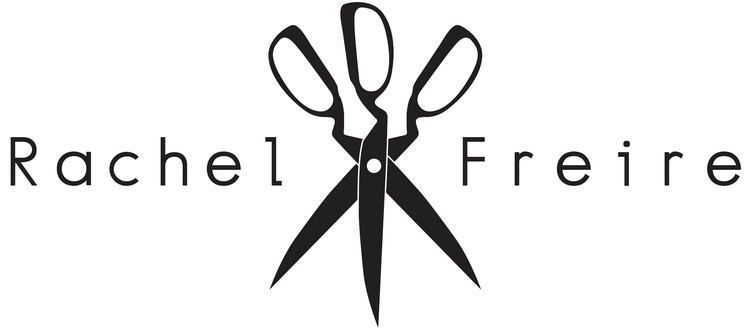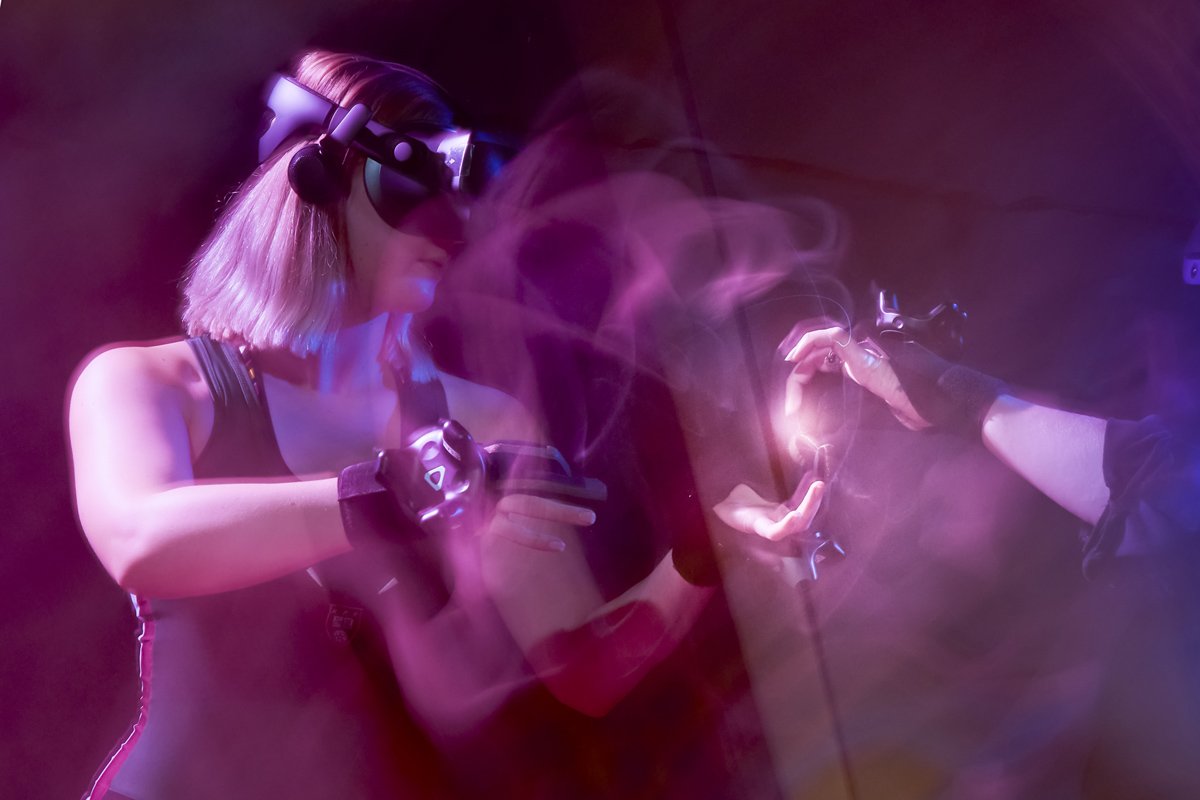ISNESS-C [co-located] - using multi-person VR to design peak mystical-type experiences comparable to psychedelics
Isness is designed to explore whether VR designed to visualize the energetic essence of matter can elicit perceptual responses comparable to psychedelics.
Studies combining psychotherapy with psychedelic drugs (YDs) have demonstrated positive outcomes that are often associated with YDs' ability to induce 'mystical-type' experiences (MTEs) - i.e., subjective experiences whose characteristics include a sense of connectedness, transcendence, and ineffability. The Isness project aims to understand whether phenomenology constructed in VR can produce MTEs similar to YDs.
Isness-C is a co-located multi-person VR journey where participants experience the collective emergence, fluctuation, and dissipation of their bodies as energetic essences. To design and evaluate Isness, we used concepts, methods, and analysis strategies from YD research.
In a 2020 study, we analyzed the responses of Isness participants using a common YD experience questionnaire (MEQ30). The results indicated that Isness participants had MTEs comparable to those reported in double-blind clinical studies after high doses of psilocybin & LSD. Within a supportive setting and conceptual framework, these results suggest that VR phenomenology can create the conditions for MTEs from which participants derive insight and meaning.
ISNESS-D [distrubuted] - participants dial in from remote ‘nodes’ to meet others in a guided meditative ritual
Isness-D is a multi-person VR experience developed during lockdown to address issues of alienation and loneliness in the wake of the COVID-19 pandemic. Unlike Isness-C, where participants were co-located, Isness-D participants log in remotely, joining one another in the same virtual space. The subsequent citizen-science study comprised of 29 individual sessions, with 109 total participants, spanning 14 nodes across two continents in which the molecular physics calculations were run on one of the three possible servers (London, Frankfurt, or Washington D.C).
Isness-D harnesses the unique affordances of distributed multi-person VR to blur conventional self-other boundaries. Within Isness-D, groups of participants co-habit a shared virtual space, collectively experiencing their bodies as luminous energetic essences with diffuse spatial boundaries. It enables moments of 'energetic coalescence', a new class of embodied phenomenological intersubjective experience where bodies can fluidly merge, enabling participants to have an experience of including multiple others within their self-representation.
To evaluate Isness-D, we adopted a citizen science approach, coordinating an international network of Isness-D 'nodes'. We analyzed the results using 4 different self-report scales previously applied to analyze subjective YD phenomenology (the inclusion of community in self scale, ego-dissolution inventory, communitas scale, and the MEQ30 mystical experience questionnaire). Despite the complexities associated with a distributed experiment like this, the Isness-D scores on all 4 scales were statistically indistinguishable from recently published YD studies, demonstrating that distributed VR can be used to design intersubjective STEs where people dissolve their sense of self in the connection to others.
PUBLICATIONS
Group VR experiences can produce ego attenuation and connectedness comparable to psychedelics D. R. Glowacki, R. Roebuck Williams, O. M. Maynard, J. E. Pike, R. Freire, M. D. Wonnacott, M. Chatziapostolou, Nature Scientific Reports, vol 12, Article number: 8995 (2022), doi: 10.1038/s41598-022-12637-z, 2022
Isness: using multi-person VR to design peak mystical-type experiences comparable to psychedelics D. R. Glowacki, M. D. Wonnacott, R. Freire, B. R. Glowacki, E. M. Gale, J. E. Pike, T. de Haan, M. Chatziapostolou, O. Metatla, arXiv: 2002.00940, CHI ’20: Proceedings of the 2020 CHI Conference on Human Factors in Computing Systems, doi: 10.1145/3313831.3376649, 2020
OMG-VR: open-source Mudra gloves for manipulating molecular simulations in VR R. Freire, B. R. Glowacki, R. Roebuck Williams, M. Wonnacott, A. Jamieson-Binnie, D. R. Glowacki arXiv:1901.03532, 2020












